On Tuesday morning, we met in our studio at the Meet Factory for writers’ workshop and to celebrate Klaudija’s Czech name day – Sáva!


Happy name day, Sáva!
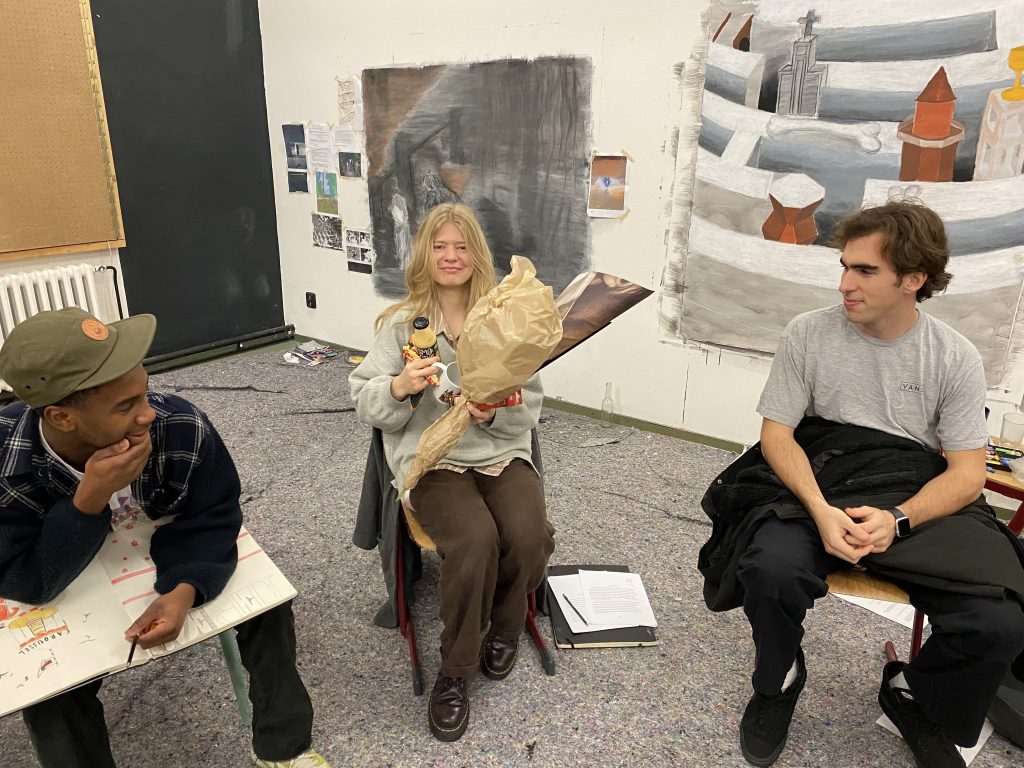
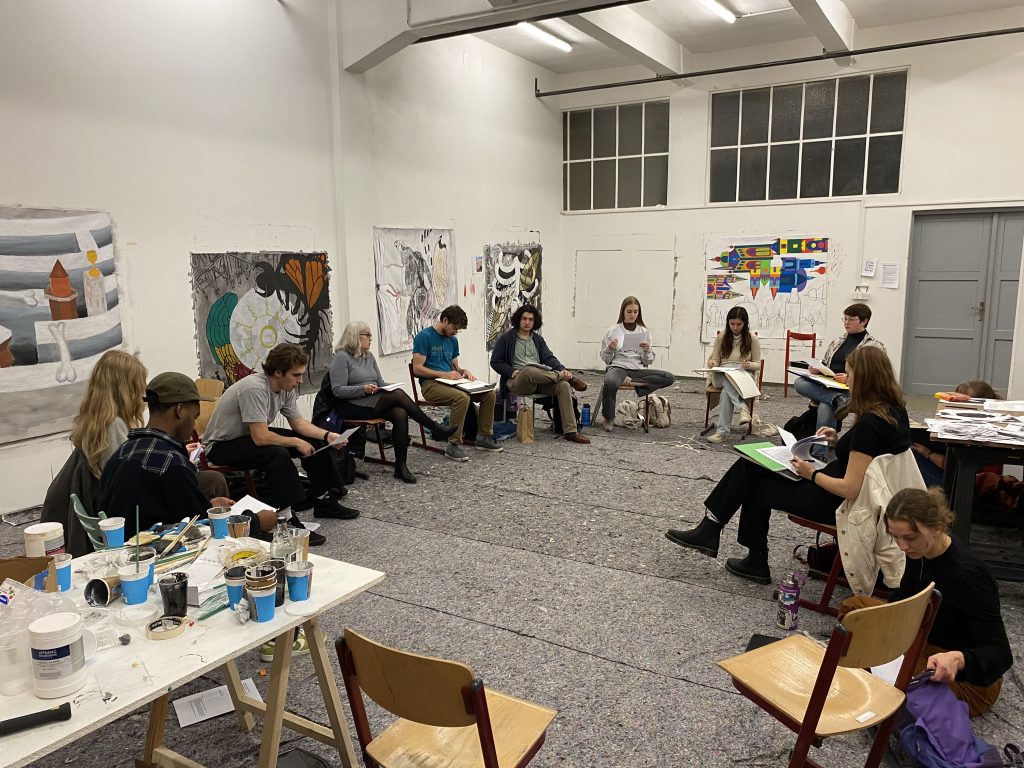
After writers’ workshop, we made our way to Wenceslas Square to visit the Memorial to Jan Palach and Jan Zajíc.
Here we are meeting “under the horse” in Wenceslas Square. The beautiful Neo-Renaissance building behind the horse is the National Museum of Prague.


This week, we have been learning about the years from 1948 to 1989 when the former Czechoslovak Socialist Republic was under communist rule and heavily controlled by the USSR.
A key moment in the history of the Czechoslovak Socialist Republic was the “Prague Spring” of 1968. Following a period of liberal political reforms (e.g. loosening restrictions on the media and the movement of people in and out of the country), the Soviet Union and many of the Warsaw Pact members invaded Czechoslovakia to suppress the liberal reforms and critiques of the regime. The USSR sent tanks and upwards of 500,000 troops to occupy the country.
Czechoslovak students, artists, and members of the intelligentsia played an active role in resisting the Soviet military occupation. Two important figures in this resistance were students Jan Palach (aged 20) and Jan Zajíc (aged 18), who set themselves on fire in the upper part of Wenceslas Square in 1969 to protest the Soviet suppressions of freedom in Czechoslovakia. Both of these young men died from their wounds. Their actions became symbols of the resistance, which came to a head with the Velvet Revolution in 1989.
We visited the Memorial to Jan Palach and Jan Zajíc to pay our respects and remember their actions in defence of freedom.


From the Jan Palach memorial website:
“The modest memorial is located a few metres from the fountain in front of the National Museum on Wenceslas Square in Prague. Here on 16 January 1969, Jan Palach poured petrol over himself and set himself on fire. In the following days, a hunger strike took place on the square to support his demands, and his death mask was exhibited.”


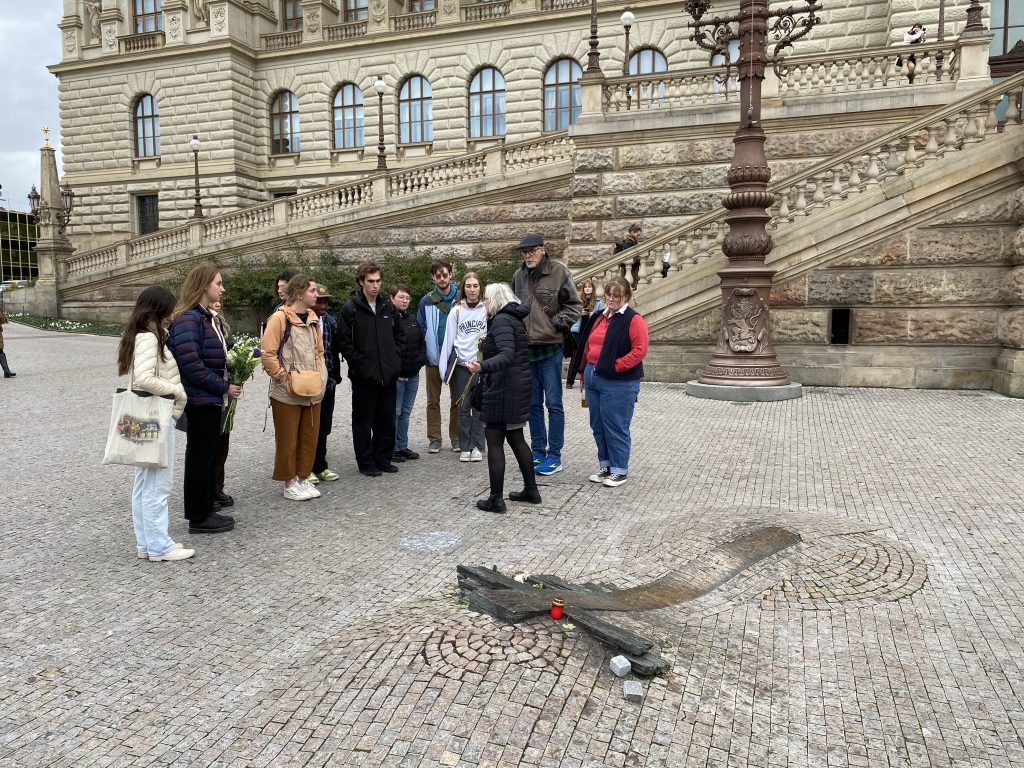
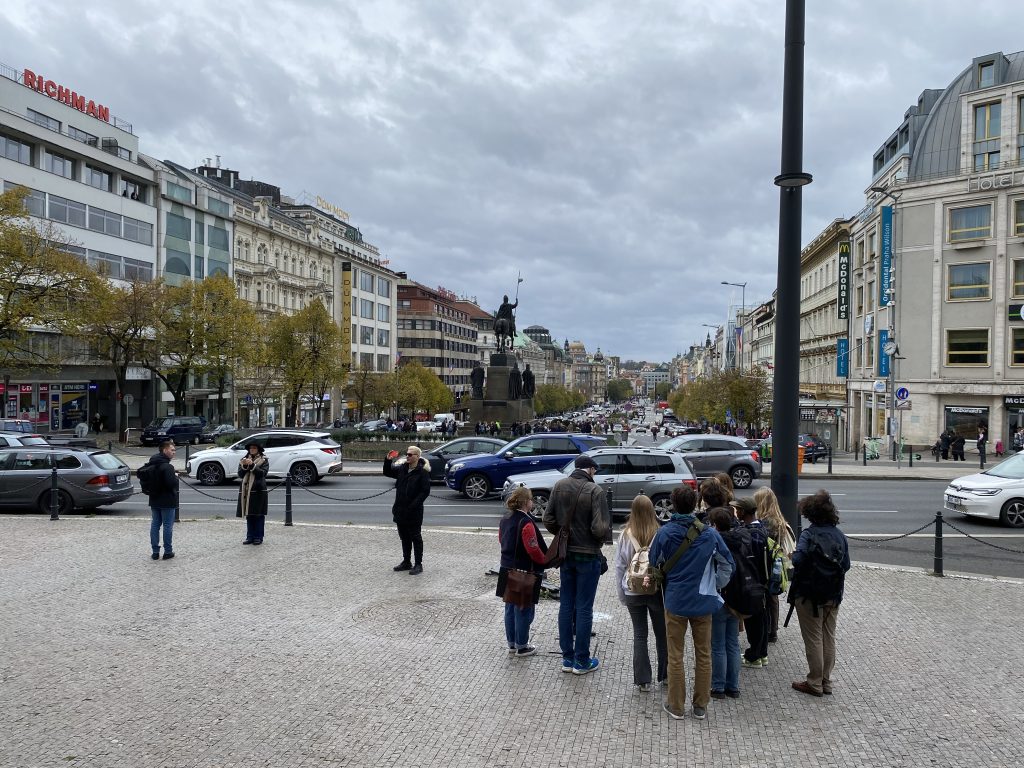
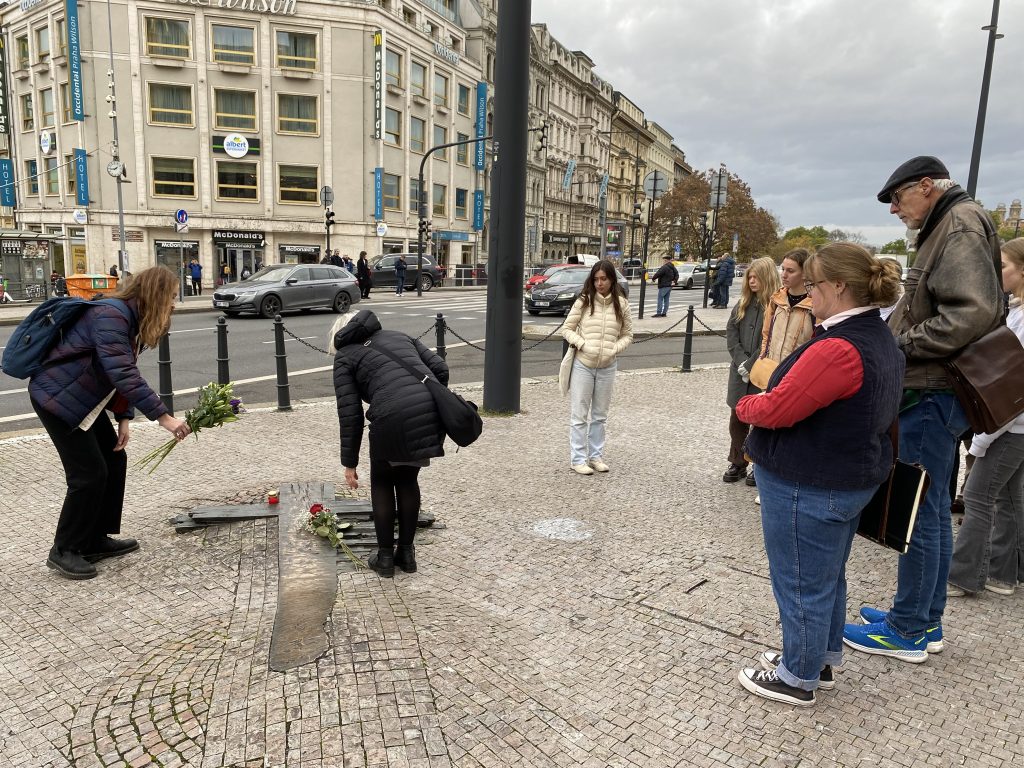

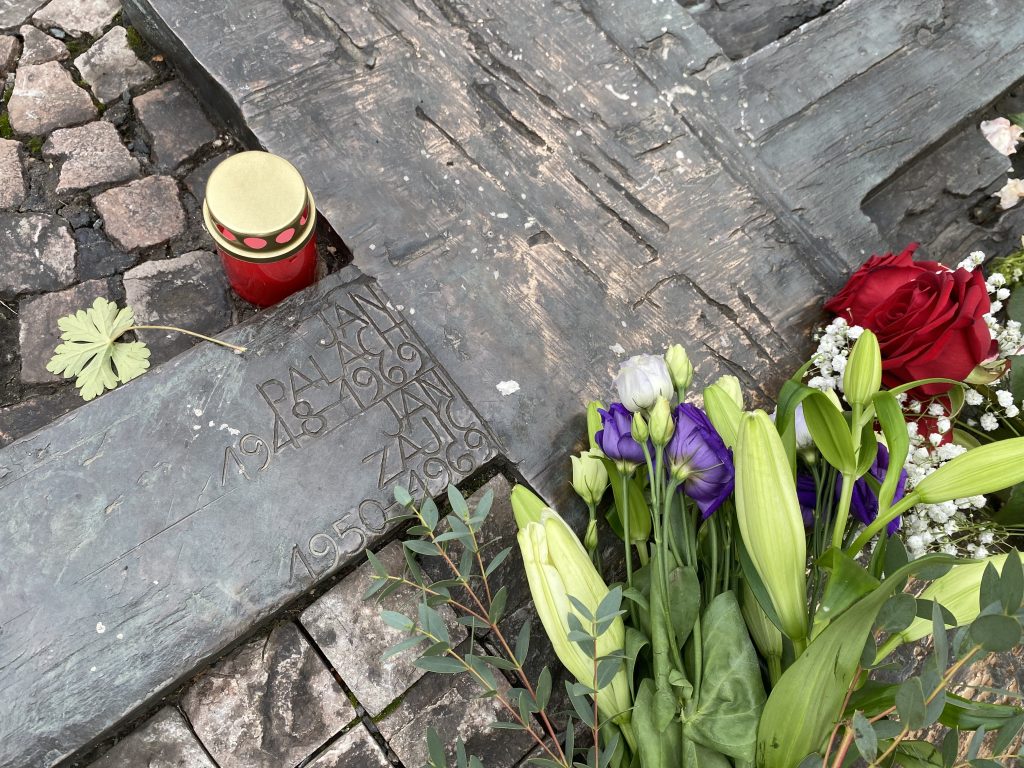
After we paid our respects to Jan Palach and Jan Zajíc, we made our way to the Museum of Communism to learn more about the rise and fall of the oppressive Communist regime in the former Czechoslovak Socialist Republic.










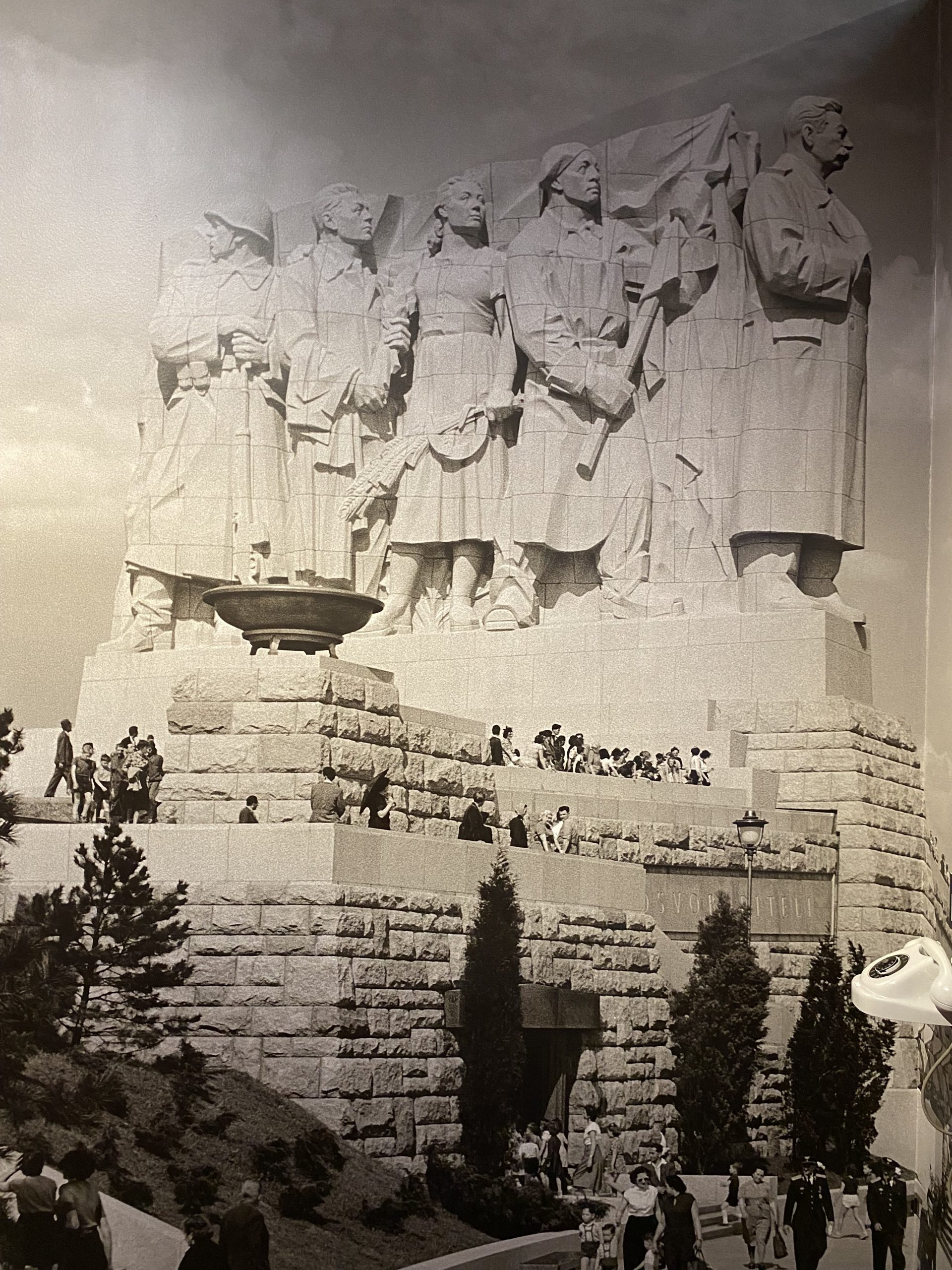








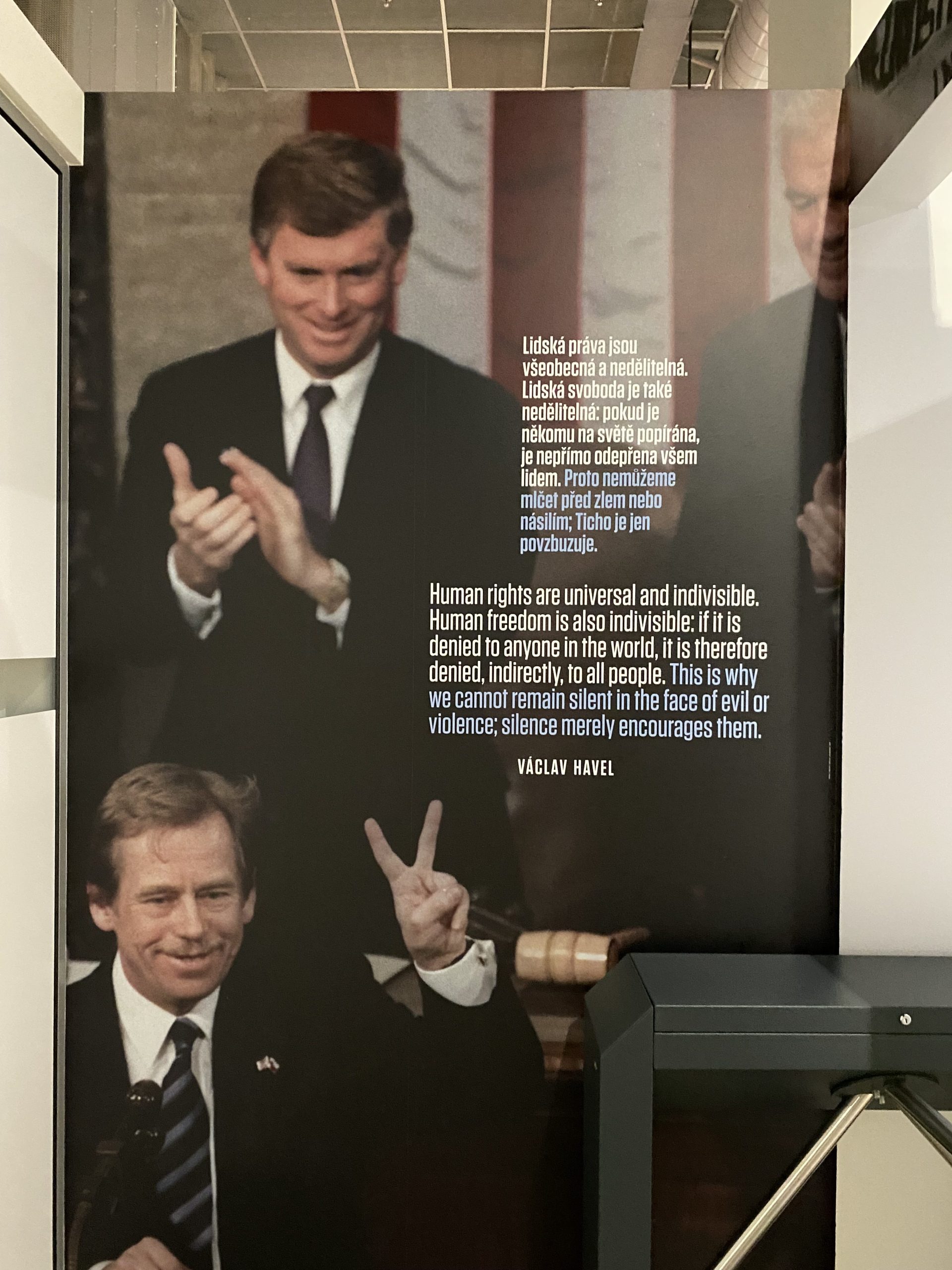
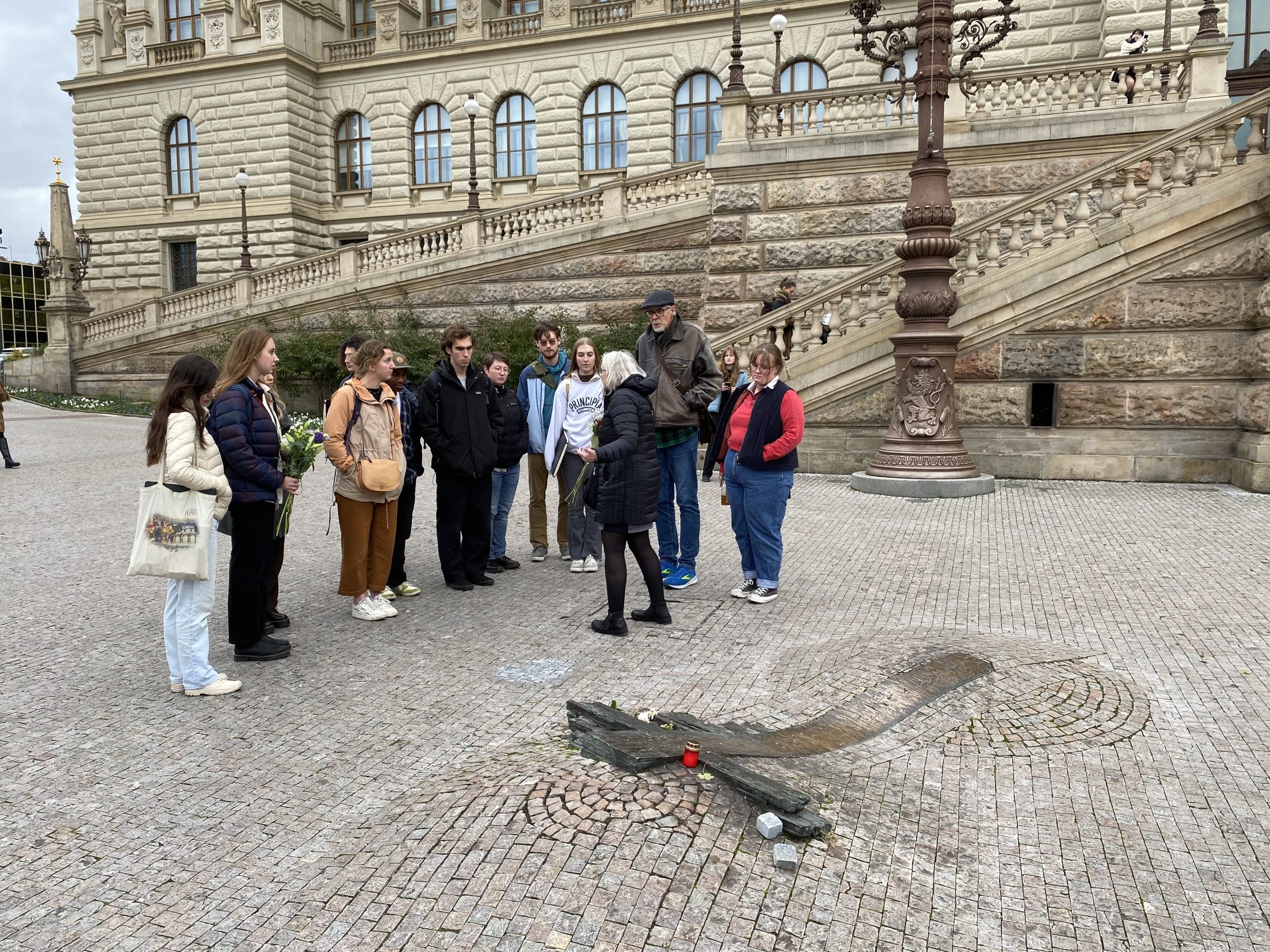
Leave a Reply